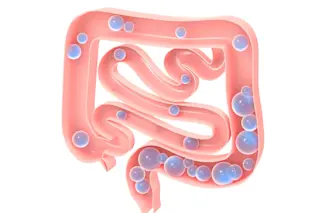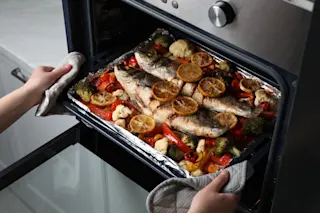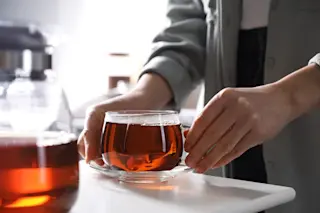When Julian Asher hears a violin, he sees red wine. However, this Imperial College London professor isn’t crazy: One out of every thousand people is said to experience this neurological condition called synesthesia. It causes two senses to blend together, so that stimulation of one sense triggers an entirely different one, involuntarily and simultaneously. Here’s a theory on how it works: When one region of a person’s brain talks with another region that is wired to perceive a certain sense, the pathways cross and allow the person to experience "crossed senses." Synesthesia is different for everyone who has it— some people claim they can smell a sound, while others hear a color, and some can even "taste" words. The latest research on the topic has come out of Oxford University, where scientists found that people hear low-pitched sounds when they see large, round images. Experimental psychologist Charles Spence asked twelve ...
"Seeing" Sounds and "Hearing" Food: The Science of Synesthesia
Explore the fascinating neurological condition called synesthesia, where senses intermingle in surprising ways. Discover more!
More on Discover
Stay Curious
SubscribeTo The Magazine
Save up to 40% off the cover price when you subscribe to Discover magazine.
Subscribe












